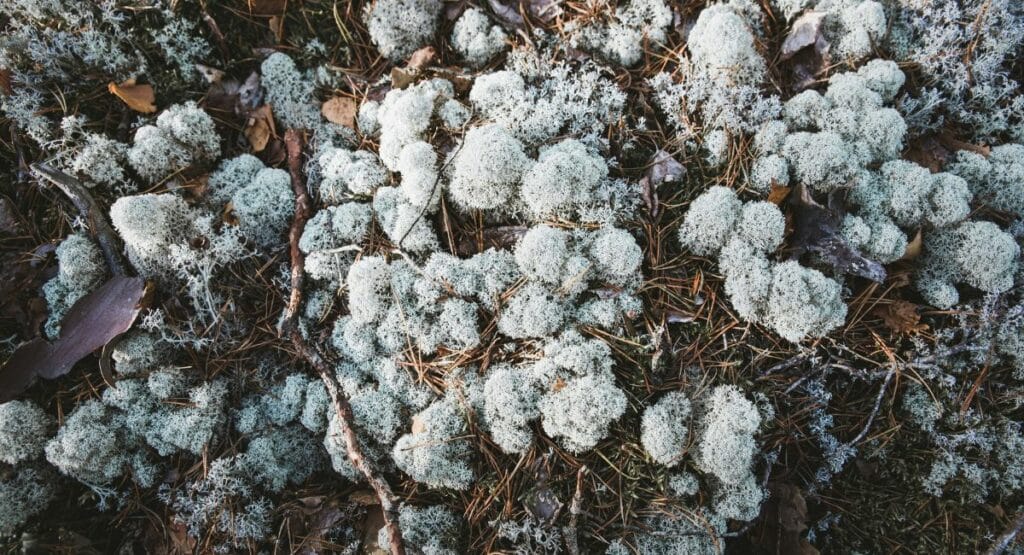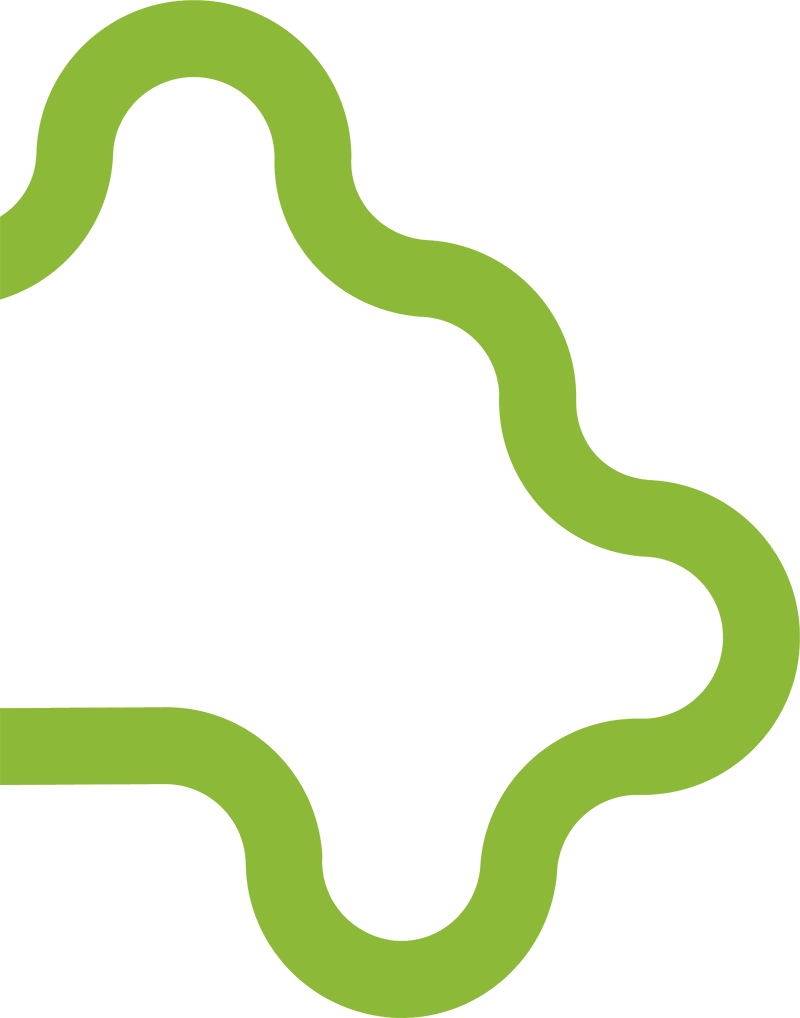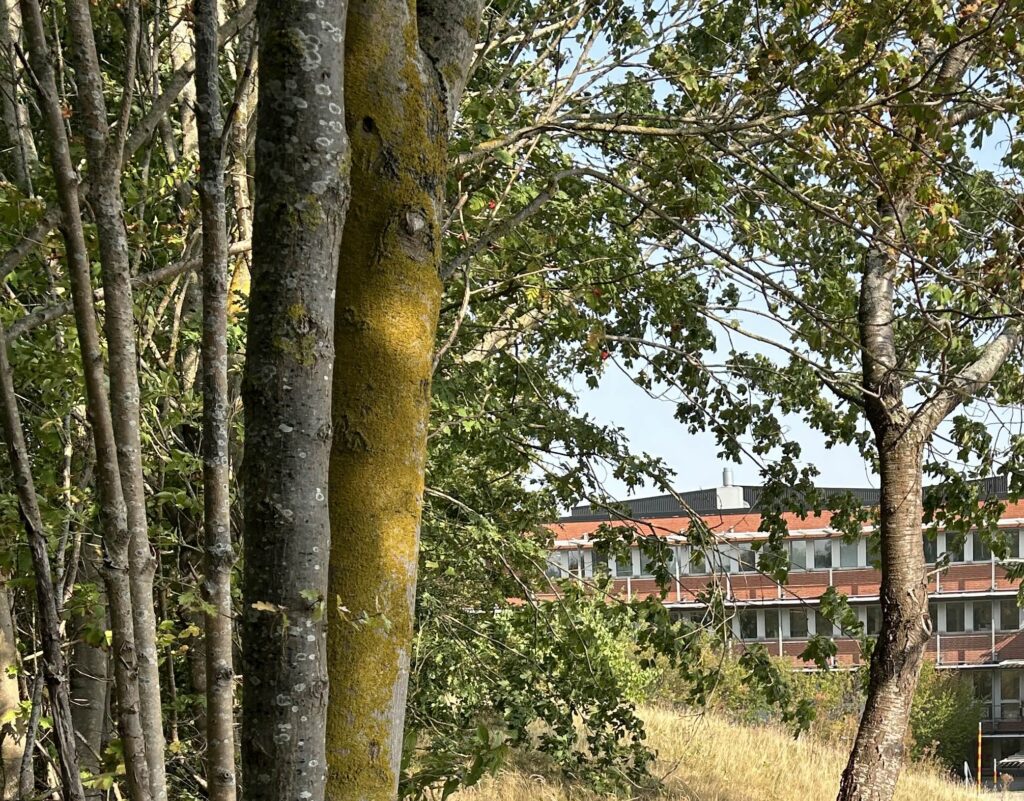
Ecogain has developed a groundbreaking model to predict soil lichen occurrence with an accuracy of 80%. The model is the result of extensive testing with geodata and advanced GIS analysis. The aim is to facilitate wind power projects and reindeer husbandry studies by providing a better basis for land use decisions.
How the model works
The soil lichen prediction is based on a weighted analysis of several geodata layers combined using GIS tools such as ArcGIS Pro. Geospatial data such as soil maps are used to assess the probability of soil lichen occurrence. For example, areas of glacial river sediment are assigned higher prediction values, while clayey till is assigned lower values.
The process consists of several steps:
- Selection of relevant data sources - key geodata layers are identified and converted into raster format.
- Classification of grid values - each grid is assigned a value based on its ability to predict soil lichen occurrence.
- Weighted analysis - through features such as Weighted Overlay, different grids are merged into a final prediction layer.
- Visualization - the result is presented as a color-coded grid where different classes show the probability of soil lichen occurrence.
Guidance for reindeer husbandry assessments and wind energy development
Soil lichen prediction is a valuable tool for comparing different areas within a sameby. For example, it can help project developers to identify land with high ground lichen occurrence around a project site and thus make better choices for the establishment of wind farms.
The model can also be used as a basis for reindeer husbandry studies, where ground lichen is an important resource for reindeer winter grazing. By including a large analysis area, with a radius of at least 15 kilometers, important parts of the winter pastures are captured. It has also been used together with reindeer herders to locate important sites for reindeer grazing management along large power line networks.
Development and future validation
Currently, version 1.0 of the soil lichen prediction is in use, based on the geodata and analysis carried out so far.
The new Open Data Directive now opens up opportunities to integrate more data sources, which could lead to an improved and more accurate model in the future. Although we are still relying on Model 1.0, there are good prospects for further development thanks to increased data availability and new technological solutions.
Contact us if you want to know more about how we work with soil lichen prediction.






